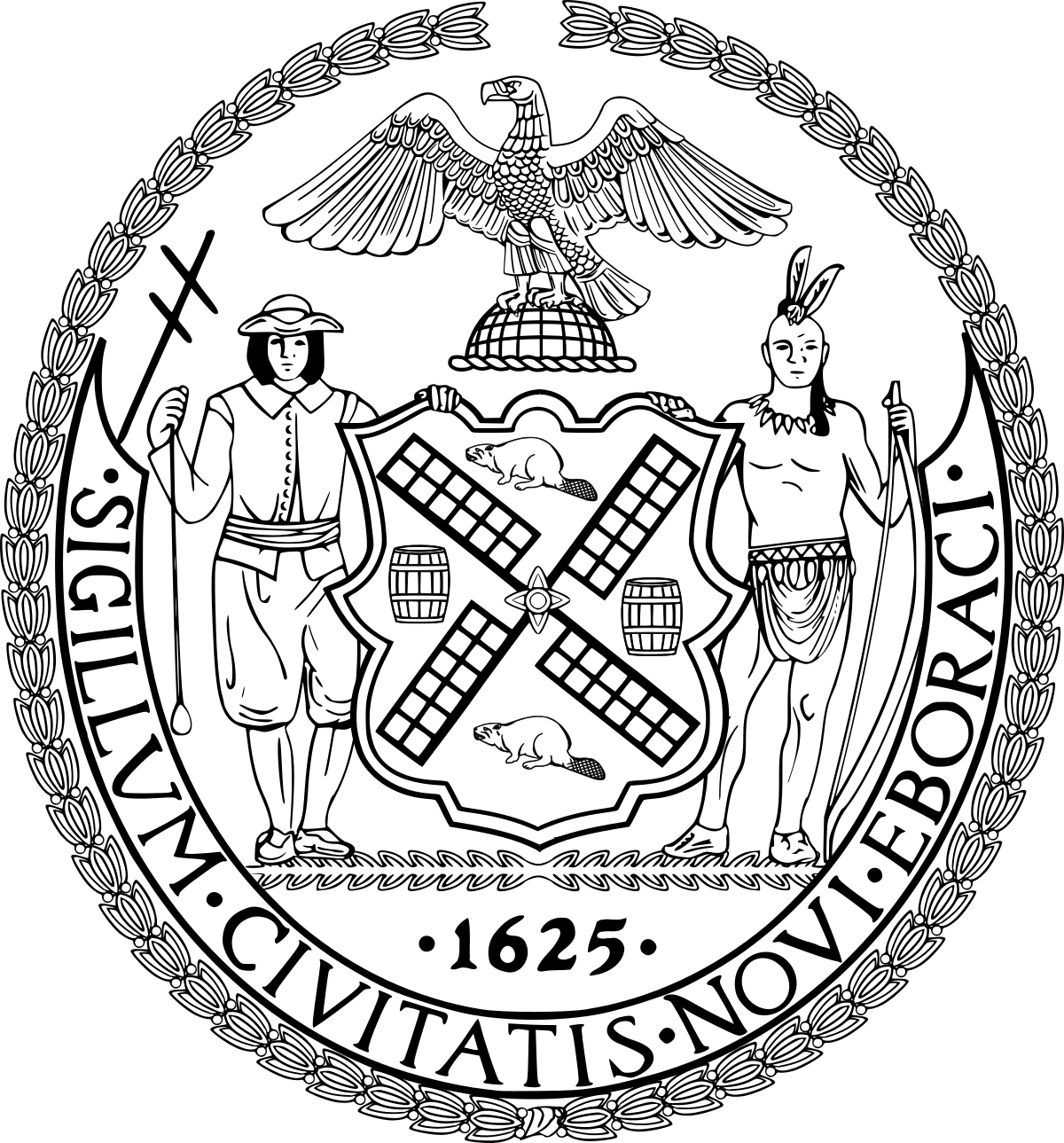‘Wonderful Almost Human Automatic Doughnut Machine' is invented
1803 - Dutch settlers brought Doughnuts to New York
Dutch settlers brought olykoek ("oil(y) cake") to New York (or New Amsterdam). These doughnuts closely resembled later ones but did not yet have their current ring shape. The name oly koeks was almost certainly related to the oliekoek: a Dutch delicacy of "sweetened cake fried in fat."
The first cookbook, using the near conventional "dough nuts" spelling, was possibly the 1803, New York, edition, of "The Frugal Housewife: or, Complete Woman Cook", which included dough nuts in an appendix of American recipes.
One of the earliest mentions of "doughnut" was in Washington Irving's 1809 book A History of New York, from the Beginning of the World to the End of the Dutch Dynasty.
'Sometimes the table was graced with immense apple-pies, or saucers full of preserved peaches and pears; but it was always sure to boast of an enormous dish of balls of sweetened dough, fried in hog’s fat, and called dough-nuts, or oly koeks: a delicious kind of cake, at present scarce known in this city, excepting in genuine Dutch families.'
1914 - The Salvation Army continued to also use the popularity of the doughnut for benefit as well. During times of crisis, the Salvation Army would establish money drives where they would sell doughnuts to help pay for disasters.
1920 - Russian-born Adolph Levitt created the first doughnut machine in New York City. Being impressed by the troops’ fondness for the doughnut, Levitt wanted to ramp up production of doughnuts at his Harlem Bakery. As he did, he quickly found that his dislike of frying was beginning to hamper his desire to boost production. This dislike led him to design and market the first doughnut machine. He called the machine the Wonderful Almost Human Automatic Doughnut Machine. The machine would form and plop perfectly shaped rings of dough into a vat of oil, turn them at a time interval, then pushed them out when done. This machine ultimately led Levitt to create the Doughnut Corporation of America, where he could flood the market with his machine. Later additions to the machine would allow the machine to send the doughnuts down a belt to be coated in glaze, sugar or other types of coverings.
Levitt’s invention and the troops return also led to the establishment of doughnut shops (like his Mayflower shop). Now, these shops were local and not very widespread in the early 1920s, but became more prominent in the years following World War II. However, the first shops were popping up, due to the demand and popularity of the doughnut following World War I.
Adolph Levitt's machines were earning him $25 million a year, mostly from wholesale deliveries to bakers around the country.

